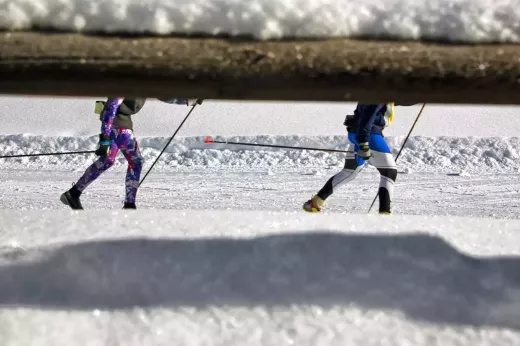Bike handling skills
Bike handling skills are crucial for any mountain biker, and they involve the ability to control your bike efficiently. It is essential to master the fundamental bike handling skills, such as braking, shifting gears, and balancing your weight. These skills will help you navigate through technical terrains and challenging obstacles with ease.
Another essential skill to master is cornering. In mountain biking, corners can be tricky, and it is essential to learn the proper techniques to take them on. The key to effective cornering is to lean your bike while keeping your upper body upright. This will help you maintain traction and control as you navigate through the bends.
Lastly, it is vital to learn how to ride over obstacles. Obstacles such as rocks, logs, and roots can be challenging, but with the right skills, you can tackle them with ease. The key is to approach them with the right speed and technique. Lift your front wheel over the obstacle and shift your weight to the back wheel to lift it over the obstacle. With practice, you will be able to tackle any obstacle on the trail.
Body position and balance
Body position and balance are essential skills that help you maintain control of your bike. You need to have a stable and balanced position to ride through challenging terrains. Keep your elbows bent, and your weight centered over the bike's pedals. This position will help you absorb shock, maintain traction, and control your bike effectively.
Another essential skill is to learn how to shift your weight. Shifting your weight forward or backward can help you maintain traction and control, especially during steep climbs and descents. When climbing, shift your weight forward to maintain traction on the front wheel. When descending, shift your weight back to maintain traction on the rear wheel.
Lastly, learn how to bunny-hop. Bunny-hopping is the ability to jump your bike over obstacles without losing momentum. This skill can come in handy when you encounter unexpected obstacles on the trail. Practice this skill in a safe environment until you are comfortable doing it on the trail.
Mental toughness
Mountain biking requires mental toughness, especially when tackling challenging terrains. You need to have the right mindset to push through the tough moments and overcome obstacles. One way to develop mental toughness is to focus on your breathing. Deep breathing can help you calm your nerves and focus on the task at hand. Another way is to visualize yourself successfully completing the trail. Visualizing success can help you build confidence and motivation.
Maintaining focus is another essential skill. It is easy to get distracted by the beautiful scenery or the adrenaline rush, but you need to stay focused on the trail. Keep your eyes on the trail, anticipate obstacles, and plan your moves ahead of time.
Bike maintenance and preparation
Maintaining and preparing your bike is essential to ensure a smooth and safe ride. Here are some tips on how to maintain and prepare your bike:
Regular maintenance
Regular maintenance is crucial to keep your bike in good condition. Check your bike before every ride to ensure that everything is working correctly. Inspect the brakes, gears, chain, and tires for any damage or wear. Make sure that the tires are properly inflated and that the brakes are working correctly.
It is also essential to clean your bike regularly to remove dirt and grime that can cause wear and tear. Use soap and water to clean the frame, and use a brush to clean the chain, cassette, and derailleur.
Gear and equipment
Having the right gear and equipment can make a big difference in your mountain biking experience. Invest in a good quality helmet, gloves, and shoes. The helmet is the most important piece of equipment as it protects your head from injuries. Gloves and shoes provide better grip and control over the bike.
You should also wear appropriate clothing that is comfortable, breathable, and weather-resistant. Consider wearing knee and elbow pads, especially if you are a beginner or if you are riding on technical terrains.
Bike preparation
Preparing your bike before the ride is essential to ensure a smooth and safe ride. Check the tire pressure and make sure that they are inflated to the recommended PSI. Adjust the saddle height to ensure that it is comfortable for you. Lubricate the chain and other moving parts to reduce friction and wear.
Lastly, pack all the necessary gear and equipment, such as a pump, spare tube, and multi-tool. These tools can come in handy in case of emergencies.
Fitness and nutrition for mountain biking
Mountain biking requires a lot of physical effort and endurance. Therefore, it is essential to stay fit and healthy to have an enjoyable experience. Here are some tips on how to stay fit and healthy for mountain biking:
Cardiovascular exercise
Cardiovascular exercise is essential to improve your endurance and stamina. Activities such as running, swimming, and cycling can help you build cardiovascular fitness. Aim to do at least 30 minutes of cardiovascular exercise three to four times a week.
Strength training
Strength training is essential to build muscle strength and endurance. Exercises such as squats, lunges, and deadlifts can help you build leg strength, which is essential for mountain biking. Aim to do strength training exercises two to three times a week.
Nutrition
Nutrition is essential to keep your body fueled and energized during your ride. Eat a balanced diet that includes carbohydrates, protein, and healthy fats. Carbohydrates provide the energy needed for strenuous exercise, while protein helps repair and build muscle tissue. Healthy fats, such as those found in nuts and seeds, can help provide sustained energy for longer rides.
It is also essential to stay hydrated before, during, and after your ride. Drink plenty of water and electrolyte-rich fluids to replenish lost fluids and minerals.
Safety tips for mountain biking
Mountain biking can be risky, and it is essential to take safety precautions to ensure a safe and enjoyable ride. Here are some safety tips to keep in mind:
Wear a helmet
Wearing a helmet is essential to protect your head from injuries. Make sure that your helmet is properly fitted and that it meets the safety standards. Replace your helmet if it has been damaged or if it is more than five years old.
Ride within your limits
Ride within your limits and avoid trying to attempt technical terrains that are beyond your skill level. Build your skills gradually and progress at your own pace.
Be aware of your surroundings
Be aware of your surroundings and anticipate obstacles and hazards on the trail. Keep an eye out for other riders, hikers, and wildlife. Slow down and yield to other users on the trail.
Know the trail
Know the trail before you ride it. Study the trail map and familiarize yourself with the features and challenges of the trail. Be prepared for unexpected obstacles and hazards.
Finding the best trails for mountain biking
Finding the best trails for mountain biking is essential to have an enjoyable experience. Here are some tips on how to find the best trails:
Research
Research the trails in your area and read reviews and ratings from other riders. Websites such as TrailForks and MTB Project can provide valuable information on trails, including difficulty level, length, and terrain.
Local bike shops
Local bike shops can provide valuable information on the best trails in the area. They can also provide tips on bike maintenance and repair.
Join a biking club
Joining a biking club can provide an opportunity to meet other riders and discover new trails. Biking clubs often organize group rides and events, which can be a great way to explore new trails.
Overcoming common challenges in mountain biking
Mountain biking can be challenging, and it is essential to know how to overcome common challenges. Here are some tips on how to overcome common challenges:
Fear
Fear is a common challenge that many riders face. The key to overcoming fear is to start small and build your skills gradually. Practice fundamental skills in a safe environment until you are comfortable doing them on the trail.
Fatigue
Fatigue can be a significant challenge, especially during long rides. The key to overcoming fatigue is to stay hydrated, eat a balanced diet, and pace yourself. Take breaks when needed and listen to your body.
Crashes
Crashes can happen, but it is essential to know how to minimize the risk of injury. Wear a helmet and other protective gear, and ride within your limits. If you do crash, assess the damage and seek medical attention if necessary.
Mountain biking gear and equipment
Having the right gear and equipment can make a big difference in your mountain biking experience. Here are some essential gear and equipment:
Helmet
A helmet is the most important piece of equipment as it protects your head from injuries. Make sure that it is properly fitted and that it meets the safety standards.
Gloves and shoes
Gloves and shoes provide better grip and control over the bike. Invest in a good quality pair of gloves and shoes that are comfortable and durable.
Clothing
Wear appropriate clothing that is comfortable, breathable, and weather-resistant. Consider wearing knee and elbow pads, especially if you are a beginner or if you are riding on technical terrains.
Tools and accessories
Pack all the necessary tools and accessories, such as a pump, spare tube, and multi-tool. These tools can come in handy in case of emergencies.
Mountain biking community and events
The mountain biking community is a vibrant and supportive group of riders who share a passion for the sport. Here are some ways to get involved in the mountain biking community:
Join a biking club
Joining a biking club can provide an opportunity to meet other riders and discover new trails. Biking clubs often organize group rides and events, which can be a great way to explore new trails.
Attend events
Attend mountain biking events, such as races, festivals, and workshops. These events provide an opportunity to meet other riders, learn new skills, and discover new trails.
Volunteer
Volunteer at a local trail maintenance or advocacy organization. Volunteering can help you give back to the community and improve the trails for everyone to enjoy.
Wy do It
Mountain biking is an exhilarating outdoor activity that requires a combination of physical fitness, technical skills, and mental toughness. With the right skills and guidance, anyone can conquer the mountains and become a skilled mountain biker. In this guide, we have provided you with the essential skills, tips, and advice to take your mountain biking game to the next level. Remember to stay safe, have fun, and enjoy the ride!
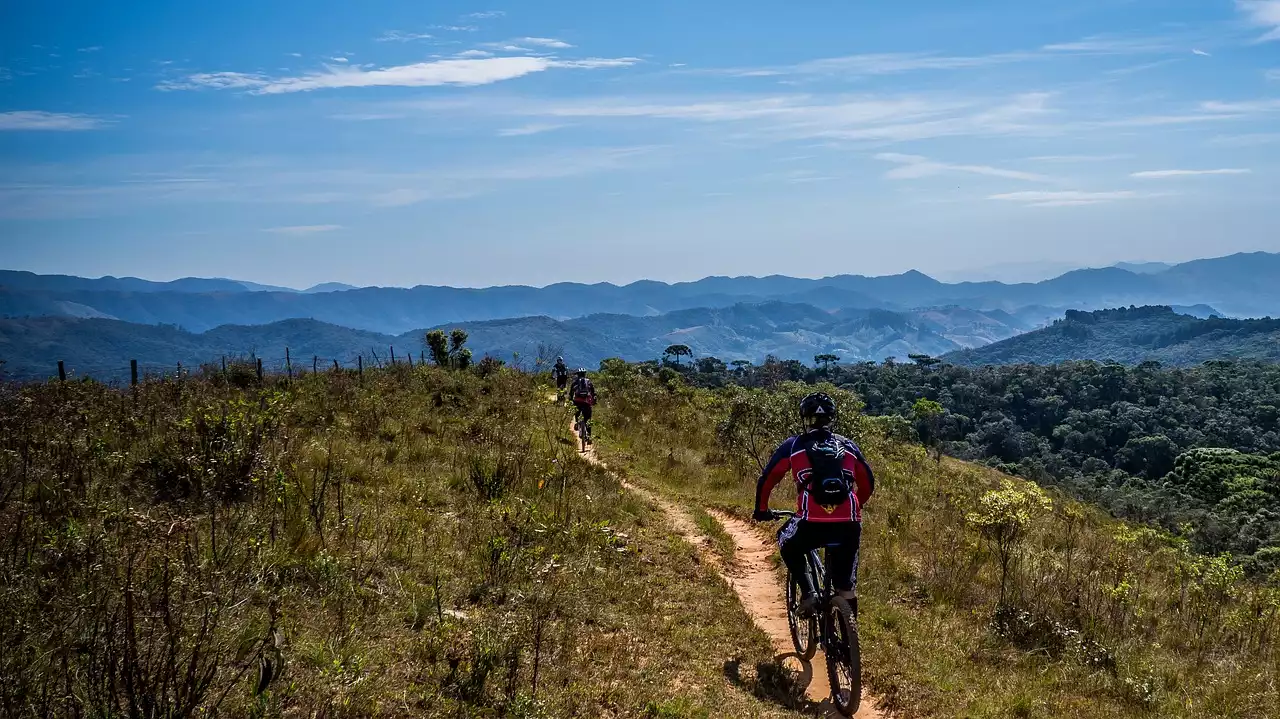
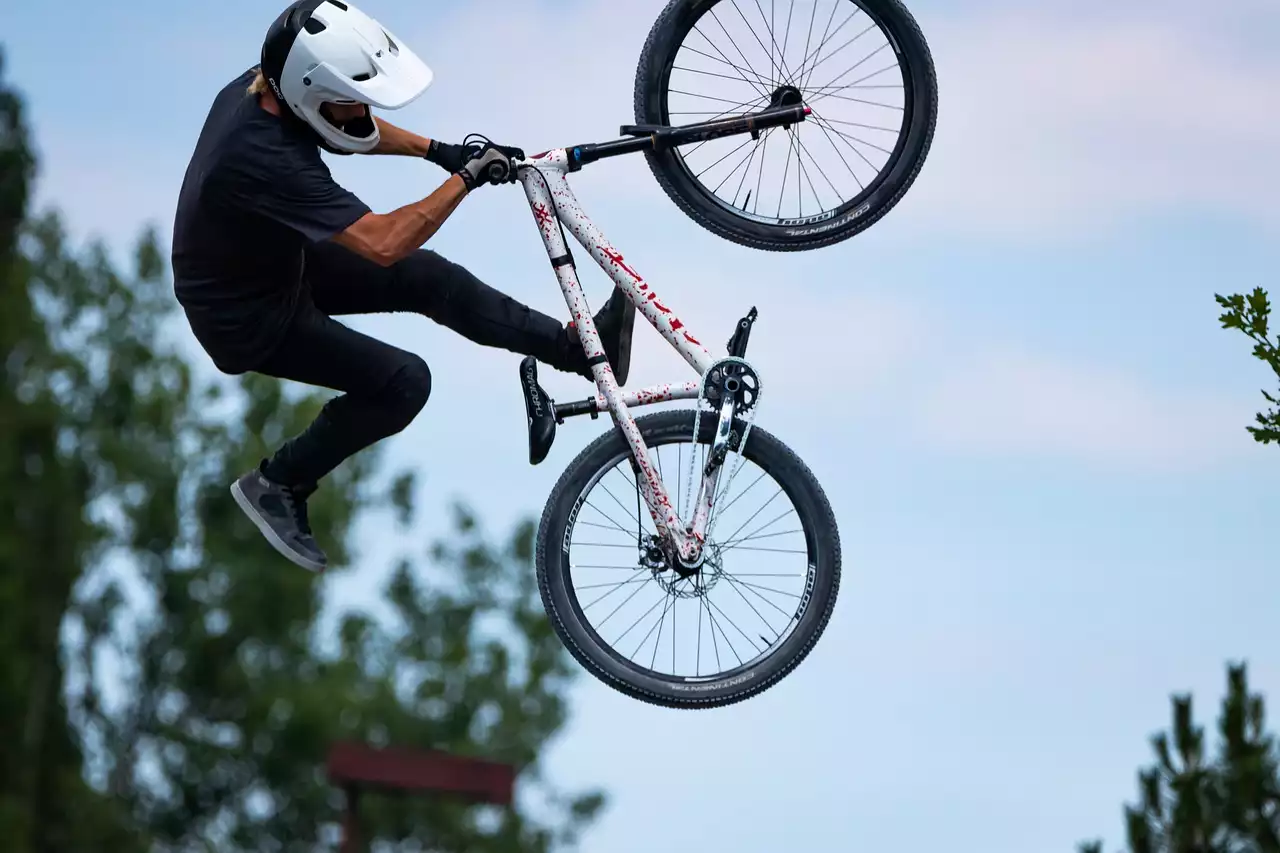
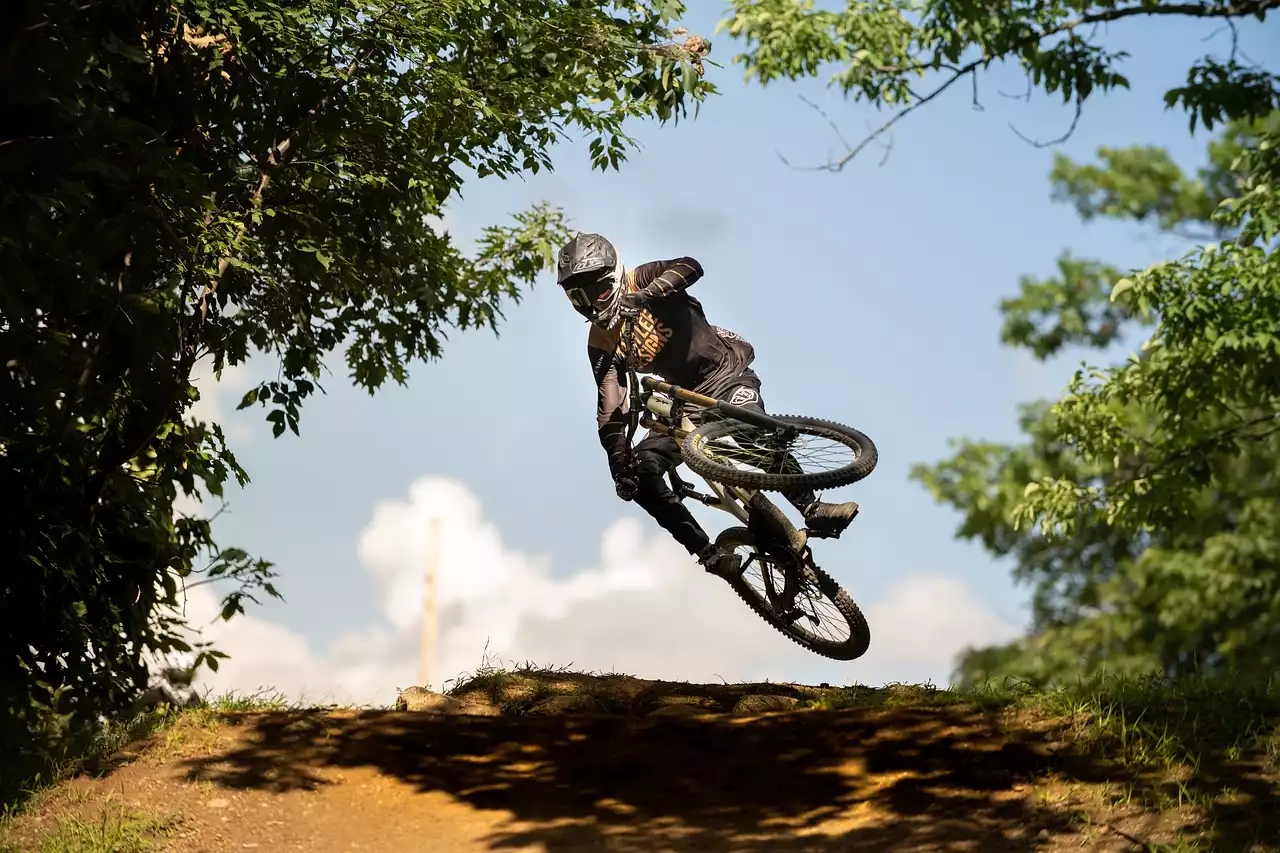
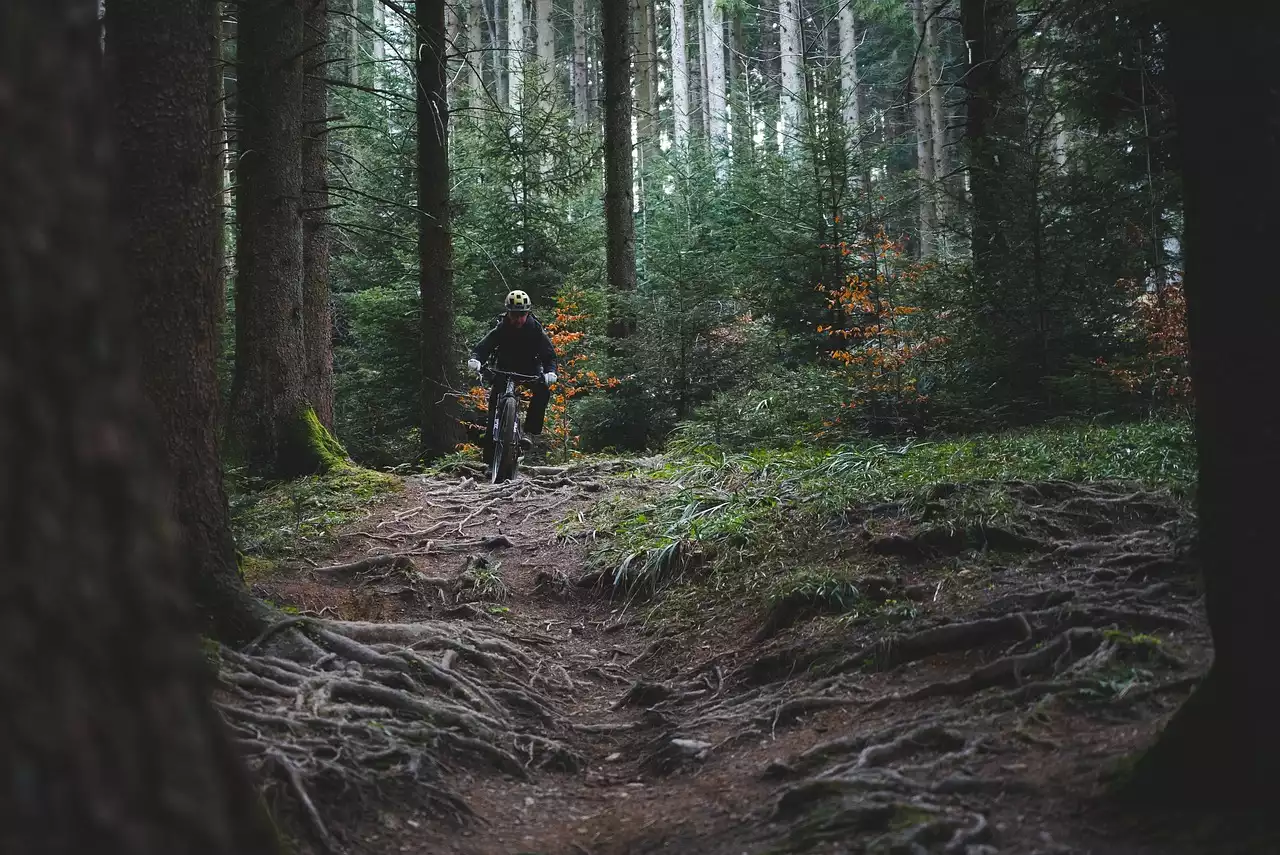
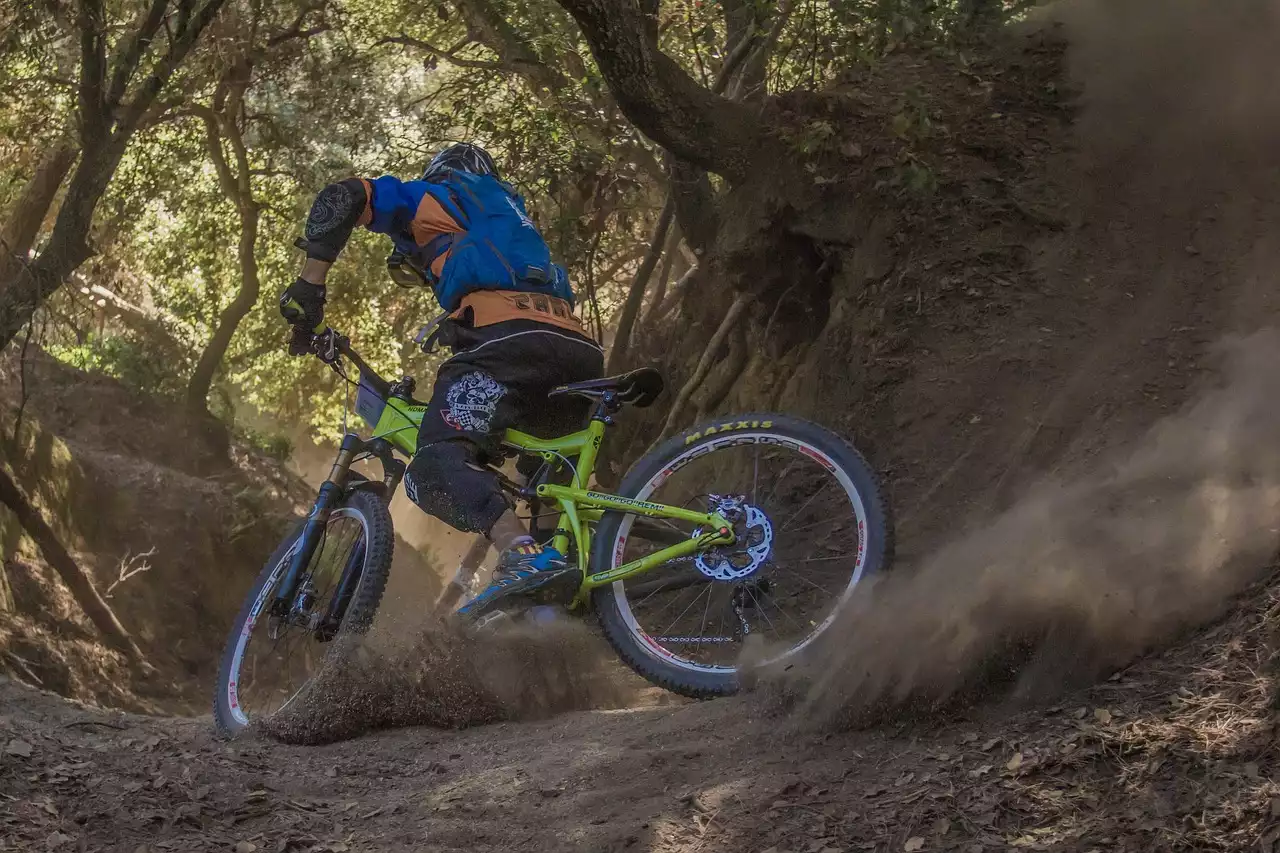



.png?size=50)
